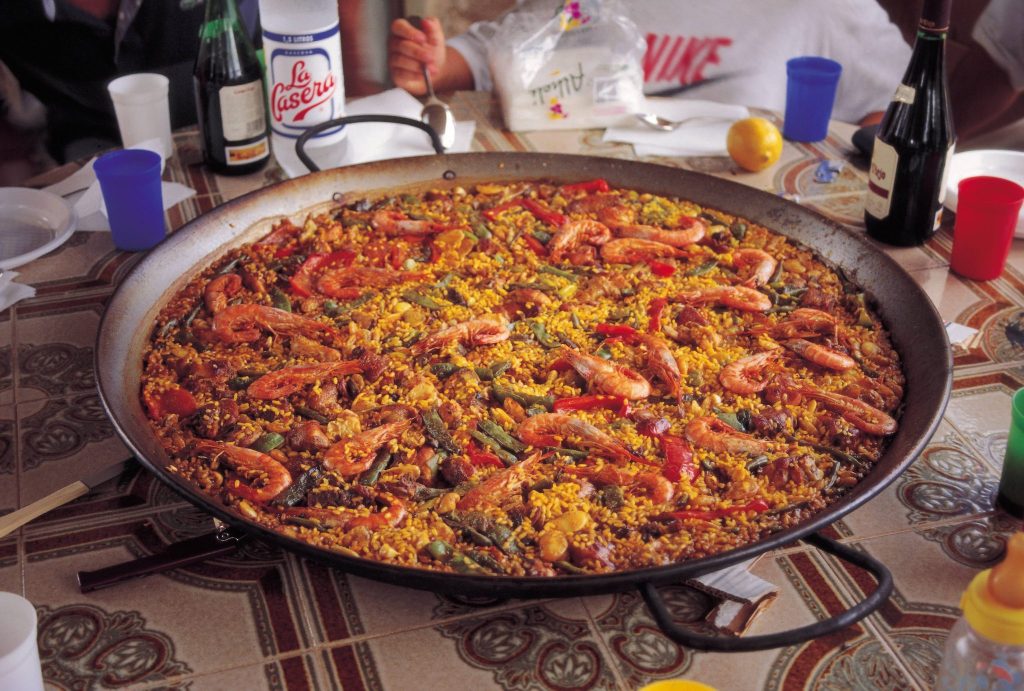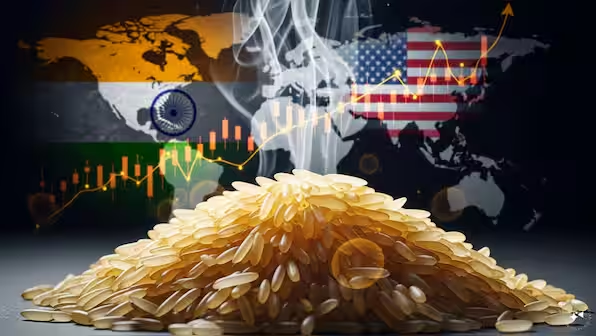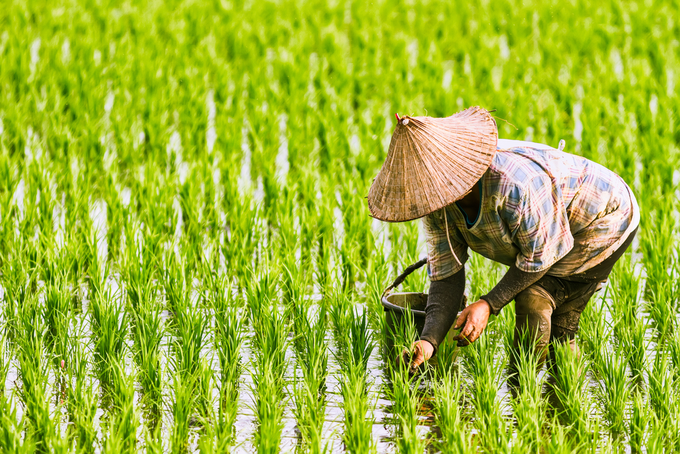Tags
Is Europe selling ‘fake’ paella rice?
After all, disastrous paellas might not be (entirely) your fault.

Sofia Sanchez Manzanaro
It starts with bathing chicken and rabbit pieces in olive oil, browned until they become golden and crisp. Then come the vegetables. Grated tomato hits the pan, stained yellow with saffron and red from paprika. Once the broth is in, the rice is scattered in a cross pattern around the pan, just as tradition dictates.
Let it simmer. Wait. If all goes well, you’ll end up with a paella of dry, fragrant rice – and with the prized crispy bottom layer, known in Valencian as socarrat.
Or not.
This reporter hails from the cradle of paella, and I can admit it: it’s not an easy dish. I was born and raised in Sueca, in the Valencian region of Spain, nestled on the Mediterranean coast. It sits in the middle of 21,000 hectares of marshland, where the humidity and warm weather are ideal for cultivating rice.
And with rice came paella, once a peasant’s meal, now cooked around the world.
All rice isn’t created equal
But not all rice behaves the same – the wrong choice can easily doom your dish. And as more imported rice makes its way into Spanish supermarkets, Valencian producers warn it’s becoming harder for consumers to know what’s in the bag.
Nando Durá, a Valencian orange and rice grower and a farmfluencer, has uploaded videos pointing to popular Spanish rice brands selling imported rice as if it were local.
“After I started posting videos complaining about rice origin, people reacted, telling me: ‘Wow, I had a feeling for a while that I was doing it wrong using the same rice’,” Durá said.
Valencian rice varieties are short and round, with a distinctive starch “pearl” at the core. And the properties of this rice are key to making the recipe work – a fact often overlooked in the many culinary crimes committed in the name of paella.
Rice from different origins – including Valencian and Asian – is being mixed in the same bag, according to Miguel Minguet, a Valencian rice grower and the president of the European farming union Copa-Cogeca’s working group on rice.
At first glance, a non-expert eye could overlook the glaring differences between the grains, Minguet said. “But when you cook it, you realise: the cooking points are different.”
Who’s to blame?
As ever in EU agriculture, much of the blame is directed at Brussels.
At the heart of the problem is the EU’s Generalised Scheme of Preferences (GSP), which allows countries like Myanmar and Cambodia to export goods – including rice – to the EU at zero tariffs. Originally intended to support the economies of developing countries, the scheme has become controversial in sectors like rice, where it’s seen by farmers as distorting the market.
Already in 2019, the EU – under pressure from Spanish and Italian growers – temporarily removed the preferential treatment for long grain rice imports from the two Asian countries.
Imports of rice from Myanmar and Cambodia are up 13% this year compared to the same period in 2024, according to agri think tank Farm Europe.
From right to left, the European Parliament has long called for an automatic safeguard clause to be embedded into the GSP to allow for the suspension of imports if they harm EU producers. However, an agreement with member states has yet to be reached.
Centre-right Spanish MEP Gabriel Mato told Euractiv he welcomes the clear intention shown in July by the Danish Minister of Foreign Affairs Lars Løkke Rasmussen to clinch an agreement during the Danish Council presidency. “We want an open trade policy – but also a fair one,” Mato said.
Green MEP Vicent Marzà, who hails from Valencia, agrees too, calling for stricter traceability, import pesticide checks, and the same kind of labelling standards applied to other foods. “This is unfair competition, and it’s killing our countryside,” he said.
But the issue doesn’t stop at South East Asia. Durá warns that other countries, including Mercosur members Argentina and Uruguay, could become major players, particularly under new EU trade deals.
“That’s the dilemma with Mercosur – it might benefit some exports, but for rice, it could be disastrous,” he said.
Minguet said that some companies have started trials to grow Spanish rice varieties in Argentina. If successful, this could pose an existential threat to the sector in Valencia.
“We survive because our rice is different to that of the rest of the world … this is our small niche,” he said. “But we can’t compete with South America or Asia regarding costs and pesticide use.”
Lost in the label
For many in the sector, the core ask is simple: origin labelling.
At the moment, EU rules only require that packaging list the country where the product was last processed – not grown. This means imported rice processed in Spain can legally be labelled as “Packed in Spain” – or even “Valencia.”
Some brands display folkloric imagery of the region – including falleras in traditional dress – despite sourcing the rice elsewhere.
“The only way to know it’s Valencian is if it carries the protected designation of origin seal or buying directly from the producer,” Durá said. But even then, the packaging next to it might look almost the same, he added.
Spanish Socialist MEPs Cristina Maestre, Leire Pajín and Sandra Gómez recently urged the Commission to explain why origin labelling is still voluntary for rice, when it is mandatory for fresh fruit and vegetables, honey, olive oil, and eggs.
For Minguet, one of the main concerns is choice, particularly as farmers in the EU comply with stricter environmental and food safety rules. “Our product is better for the environment – and for the consumer,” he says. “But if we can’t help people distinguish between what’s ours and what isn’t, how are we supposed to add value?”
For now, disastrous paellas might not be (entirely) your fault – maybe you just trusted the wrong bag of rice.
https://www.euractiv.com/section/agriculture-food/news/is-europe-selling-fake-paella-rice/Published Date: August 5, 2025






